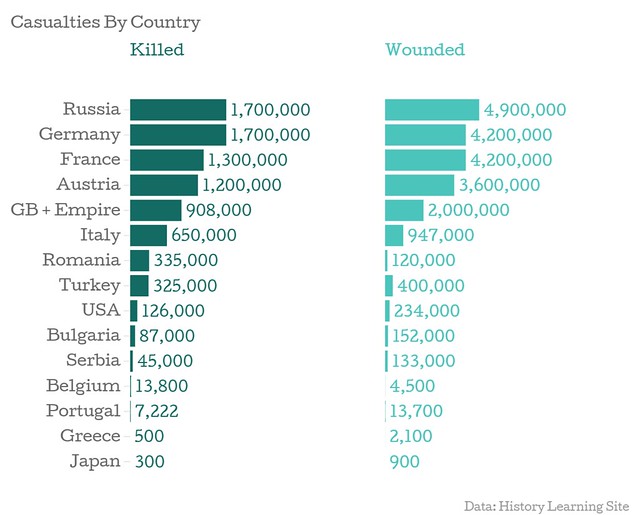April 30, 2015
H Block
Cinderella Man Blog Post Essay
I agree with the statement that "The movie, Cinderella Man, takes place during the Great Depression, but it ultimately does a much better job of telling us an emotional and inspirational "fairy tale" about one man that it does exposing audiences to the facts about the Great Depression as it was experienced by most Americans." This was seen in the way Braddock's story has a happy ending.
The movie is an accurate depiction of what life was like during the Great Depression and right before the Great Depression hit, with the Stock Market Crash. Right before the Great Depression, everyone was so happy that they were free from the war that they saw life in a new way. This feeling was depicted in the movie in the way the first fighting seen was portrayed, where Braddock easily won. The scene was light and fun and everyone around the boxers were happy and Braddock seemed happier. He comes to his family and his wife has someone with her while they are watching the kids. The music played in the background during this scene was light and fun, nothing was tense or stressful.
Almost immediately, the movie starts the next scene during the Great Depression. There is no transition scene, it jumps straight in. I feel that this demonstrates the abruptness of the Great Depression. There was no transition point; families were thrown straight from a life of happiness to a life of poverty and struggle. In this movie, this is abrupt transition is depicted by the scene with a table full of the things the Braddock's own, and then immediately switching to the next scene where the table is empty.
Another scene in the movie that describes the abruptness is the way the filmmaker uses the night. Before, Braddock was happy to be coming home at night and being awake at night. This was before the Great Depression where the table of the Braddock's things was full. During the Great Depression, James Braddock, or "Jim" as he is refered to in the movie, is struggling to be awake at night. He gives up his breakfast so his daughter, who is very hungry, can eat.
Depicting the abruptness of the Great Depression helps the viewers to better realize the horrifying part of the Great Depression.This realization is important because it allows the readers to see that there was no preparation. Now, if a man found out he was going to lose his job and everything, things may slowly start to disappear, so the man has time to acclimate to his new life. In this case, there was no acclimation. It just happened.
The historical accuracy where people were waiting in long lines and begging for money is true. In the picture depicted below, there is a long line of people waiting to get bread. The bread line was not depicted in the movie, but the struggle for food and money is seen in the movie. This is seen in the scene where James' son steals food from the bakery because they have none and it is also seen in how it takes James at least 3 times (of the times shown in the movie) to get a job at the docks.
Though the movie exposes its viewers to the harrowing life that was experienced by people living during the Great Depression, it distracts from the horrifying part by telling viewers the "fairy tale" story of the Great Depression. Everything about the movie is true, howegver the filmmaker did not a good job of stating what happened to all of the other people during the Great Depression after Braddock's fight.
At the end of the movie, Braddock won his fight and this was true in real life too, but he was just one man who became successful out of many people who did not. At the end of the movie, the viewer is happy thinking about how amazing it was that Braddock won. However, the filmmaker does not say what happened to the millions of other people who didn't win like Braddock. Yes, Braddock's story is inspiring and definitely something that gave people courage to keep fighting and not giving up during the Great Depression. However, the Great Depression still went on. The ending of the movie changed the focus of the movie from being about the Great Depression, to being about how one man overcame it and found a way to live life without as many struggles. Some people could get distracted by the inspirational and emotional story, than about the real struggles that millions of other people faced during the Great Depression because life didn't magically come together for many people.
The long lines people had to wait in to get food.
Sources:
Rotten Tomatoes
Washington - What was life like in the great depression?
Calisphere
Begging in the Great Depression"





